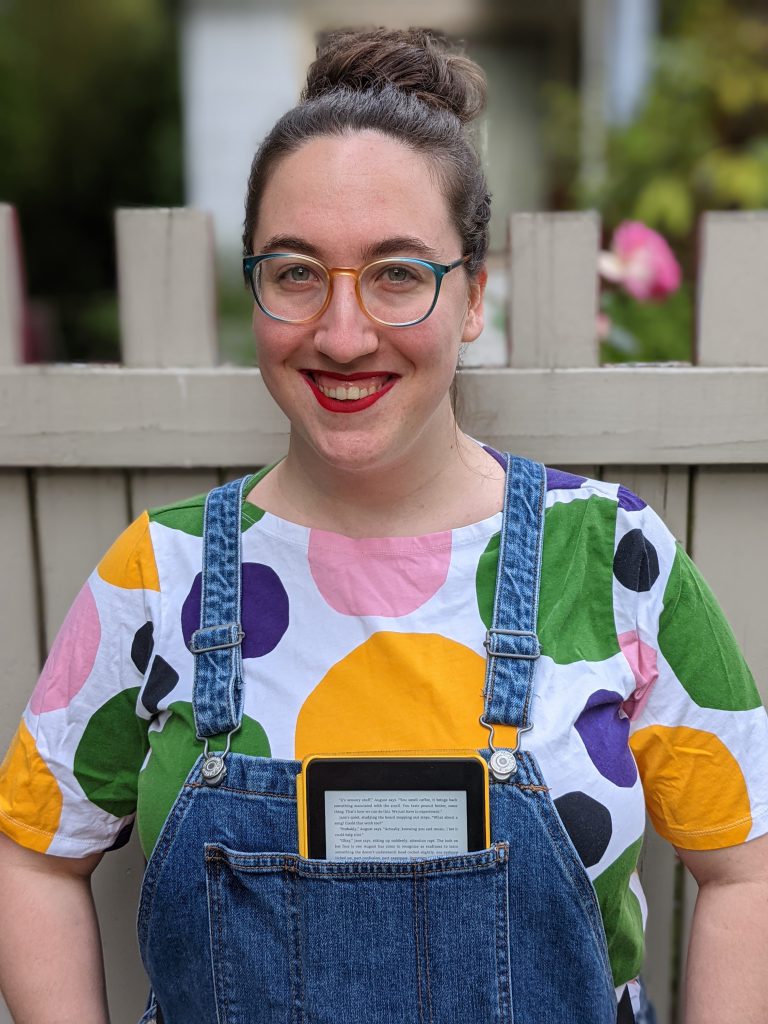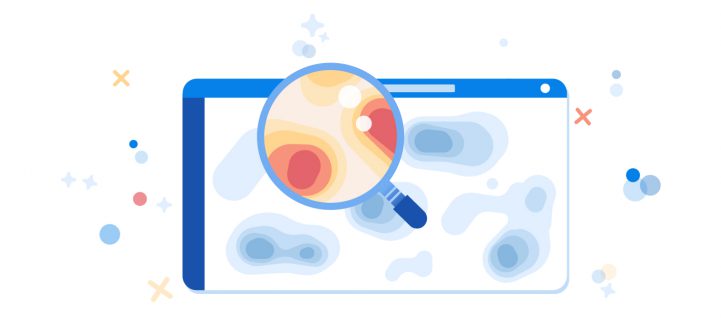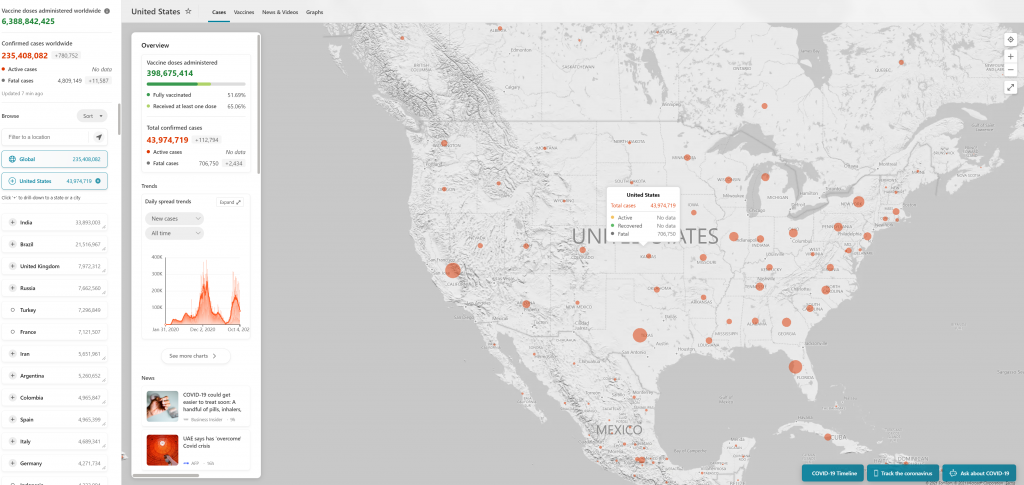A software engineer is a person whose job is to design, develop, maintain and test computer software. Our team at Clarity relies heavily on our engineering team to bring cool ideas to life for our customers to enjoy. As users of Clarity, the engineering team utilizes it every day to make sure these features run smoothly and are bug-free!
I got the chance to catch up with our Principal Software Engineer, Kiraz Baysal AKA “The Solution” to discuss Clarity from the perspective of a software engineer.

Let’s find out more…
Hello Kiraz! Thanks for taking the time to speak to me. Tell us a little about you, the role of a Software Engineer, and one fun fact?
Hey Mani, I’m excited to speak with you today! So, I’m originally from Turkey born and raised. I went to college in the US and I have been working at Microsoft for the last eight years now. During this time I have been employed as a front-end engineer. I have been working on Clarity for the last 18 months. The role of a software engineer from a very high level is to take a problem and solve it using computer programming. This could involve working on a number of things such as the operating system you are using or it could be a lot more visual like a website. Front-end engineers concentrate on user needs and how we make the product user-friendly whilst still introducing the intricacies. So you want to be very versatile for the user without being too overwhelming.
One fun fact is that I really wanted to be an actress before I went down the path of software engineering. Even up to the age of eighteen I was considering doing a musical theater major. After speaking to a lot of actors they told me how difficult it was to break through in the industry. Luckily for me, I also loved math and was really good at it. I took a Computer Science class and really liked it as it’s so logical! The rest as they say is history!
How would describe Clarity in one sentence?
Clarity helps website owners and stakeholders understand how their product is being used allowing educated decisions to make it better!
Describe a heat map to a first grader?

Imagine in your classroom you had a poster on the wall and every day your teacher gave you a sticker. Each day you put a sticker on the poster. By the end of the year, you will see a poster covered in stickers. There will be parts of the poster that will have lots of stickers and parts which will have fewer. So in the case of a heat map, each of those stickers represents where a person is clicking on a webpage. Lots of stickers mean lots of heat and we will show this area as red on the webpage.
As a Software Engineer how do you use Clarity?
As Software Engineers, we have to go hunting for bugs and understand when and why a bug is happening. We get bug reports from a customer email or specific feedback through various forums. This is very difficult to hunt down and fix. For example, when I worked on the COVID-19 tracker we had user feedback that told us clicking on a country would not show the country on the map.

The user generally looks at what they just did and what happened when they did it for bug reporting. We don’t necessarily understand what all the steps were leading up to the incident.
Having Clarity session recordings allows you to see the whole journey and understand why the bug was caused. It is not always javascript errors. Sometimes it might be something as small as a rectangle not rendering correctly. This was the case with the COVID tracker bug which thanks to Clarity we were able to find and fix.
I also use Clarity heat maps to see how our new features are being used. The heat maps help me see if:
- Customers are using them as intended
- Customers can find the feature easily
- Are the buttons being clicked on
Taking these findings I can then work with product leads, designers, and other engineers to make them better!
Why would a Software Engineer use Clarity ?
You are doing a disservice to your product by not using Clarity! This is because:
- Clarity gives you so much insight and valuable information as to how your product is being used.
- It allows you to make more educated decisions around your feature.
- It makes it so much eaiser to find the bugs and debug them!
If you have any questions about Clarity, utilizing it for your role or company then please feel free to reach out via our Twitter page.
If you are ready to stop guessing and start getting answers then join us today!
